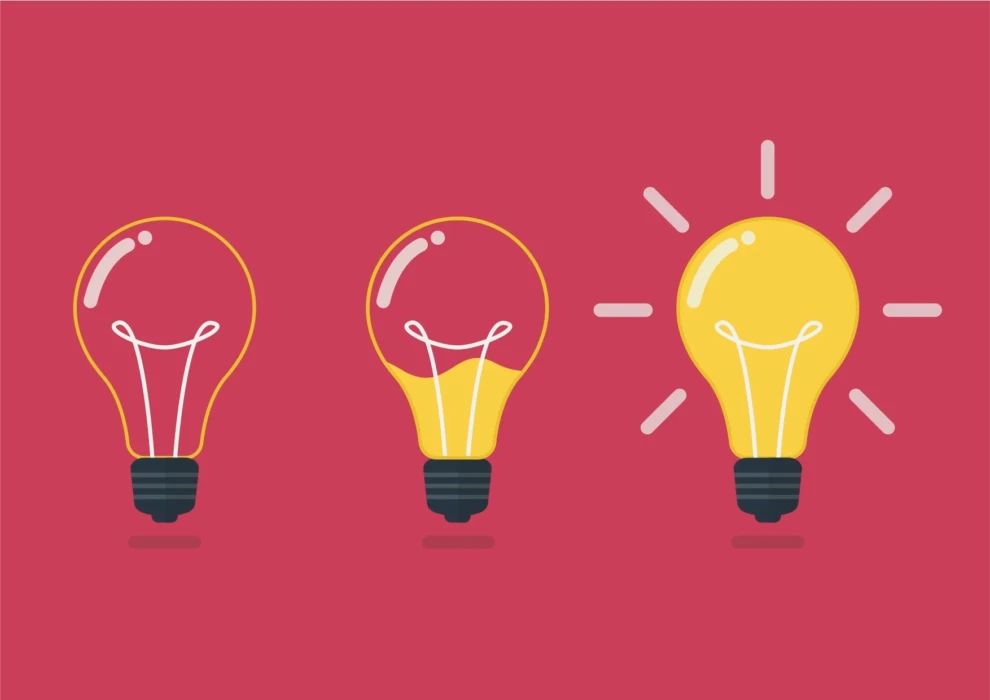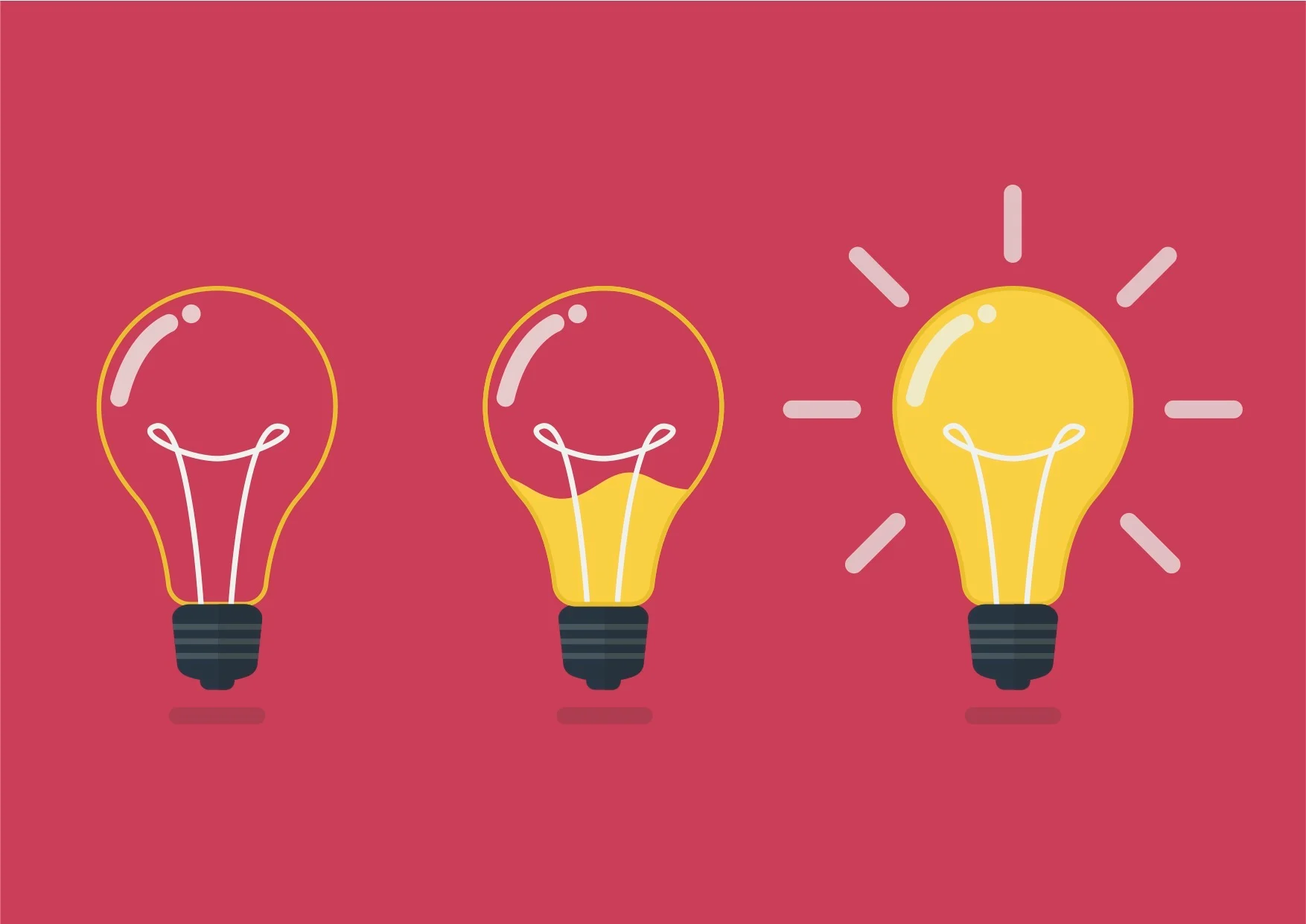In today’s digital age, establishing a strong visual identity is crucial for businesses, startups, and individuals alike. A well-designed logo serves as the face of your brand, conveying a message, and leaving a lasting impression on your audience. While many turn to professional designers for logo creation, not everyone has the budget or resources to invest in bespoke designs. Enter logo generators – powerful tools that democratize the design process and empower users to create their own unique logos. This guide will walk you through the ins and outs of logo creation using a generator, providing tips, tricks, and insights to help you craft a memorable emblem for your brand.
Chapter 1: Understanding Logo Generators
Logo generators are online tools that use artificial intelligence and design algorithms to generate logos based on user inputs. These platforms offer a user-friendly experience, making it easy for individuals with little to no design expertise to create professional-looking logos. Understand the capabilities and limitations of logo generators before diving in.
Chapter 2: Choosing the Right Generator
Explore different logo generator platforms available online. Consider factors such as customization options, design templates, and pricing. Some popular logo generators include Canva, Looka, and Turbologo. Assess the features each platform offers to determine which one aligns best with your vision and needs.
Chapter 3: Defining Your Brand Identity
Before jumping into the design process, take the time to define your brand identity. What values and messages do you want your logo to convey? Consider your target audience and the industry you operate in. Clearly outlining your brand personality and characteristics will guide the design choices you make.
Chapter 4: Exploring Design Elements
Logo generators often provide a variety of design elements, such as icons, fonts, colors, and shapes. Learn how to navigate these options and experiment with different combinations. Understand the psychology behind colors and shapes to ensure your logo effectively communicates your brand’s message.
Chapter 5: Customization Techniques
While logo generators offer pre-designed elements, it’s crucial to customize your logo to make it unique. Learn how to adjust colors, resize elements, and modify fonts to suit your brand. Personalization is key to ensuring that your logo stands out from others generated on the same platform.
Chapter 6: Typography Tips
Typography plays a significant role in logo design. Explore different font options and understand the impact of typography on brand perception. Learn how to pair fonts effectively and ensure readability, especially when your logo is scaled to different sizes.
Chapter 7: Iterative Design Process
Creating the perfect logo may require several iterations. Embrace the iterative design process, and don’t be afraid to experiment with different elements. Solicit feedback from peers, colleagues, or potential customers to refine your logo further.
Chapter 8: Finalizing and Downloading Your Logo
Once you are satisfied with your logo, it’s time to finalize and download it. Explore the export options provided by the logo generator platform and ensure you have high-resolution files suitable for various applications, from digital to print.
Conclusion:
Logo generators have revolutionized the way individuals and businesses approach logo design. By following this ultimate guide, you can harness the power of these tools to create a distinctive and memorable logo that represents your brand effectively. Remember, the key to a successful logo is a combination of thoughtful design choices, a clear understanding of your brand identity, and a commitment to the iterative design process.








